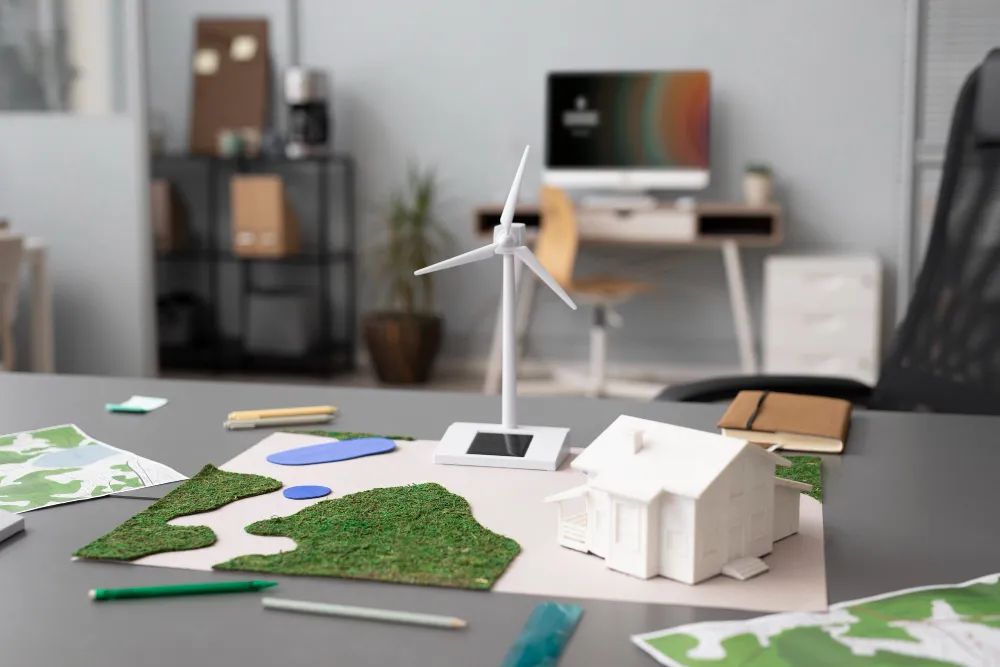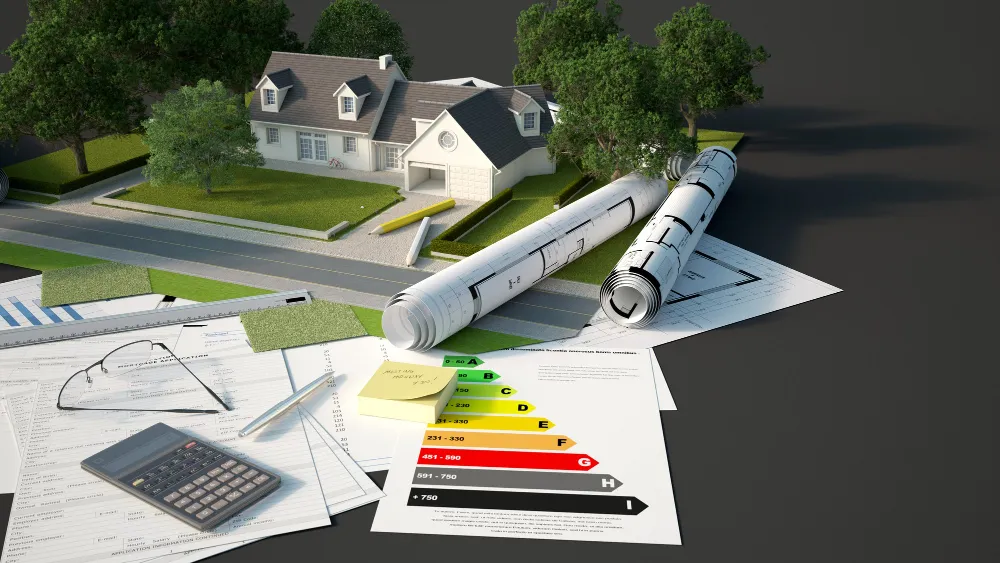In 2023, renewable energy sources surpassed coal in energy...


Estimates show that 90% of all the office buildings in developed cities around the world are already a decade old. What’s more interesting is that a staggering 80% of total office buildings will still remain in use in 2050.
Given the scenario, it makes sense to prioritize energy-efficient building projects over conventional ones. However, simple prioritizing without having a proper plan to realize this goal is not a smart move.
But don’t worry—this comprehensive energy-efficient construction guide is here to your rescue. Here, we will learn all that you need to know about energy-efficient construction, so let’s dive in!
Investing in an energy-efficient property with the right sustainable building planning comes with plenty of perks. These perks are the primary reasons why 73% of millennials are willing to pay for more sustainable real estate. That said, let’s take a better look at some of these primary reasons:
Now that we better understand why investing in an energy-efficient is worth the cost, it is time to move on to the next part. In this section, we will explore the green construction step-by-step guide to help you get started on the right foot. These steps include the following:
The first thing that you must do is start with a comprehensive building audit to understand where you stand. You must evaluate every aspect of the building’s energy performance with the right data to make informed choices. Make sure to get insights on every detail, including energy use, carbon emissions, and occupancy rates.
You must have a clear idea of how many people are living in the building or how many people are estimated to live there in the future. This occupational data will give you access to very valuable insights for optimizing the building’s energy use. This will help better manage all the lighting and HVAC systems to garner more efficiency from them.
When it comes to devising a plan for constructing an energy-efficient building in today’s age, you must leverage automation. These days, a wide range of advanced technologies allow you to automate different systems. You can leverage this potential to automate the building’s lighting and HVAC for better efficiency. These systems will analyze the occupancy rate in a given room and optimize the lights and HVAC system accordingly.
ESG stands for environmental, social, and governance, and these reports are important in enhancing a building’s energy efficiency. You must get these reports for your building or relevant reports from other buildings. This will help you track energy efficiency progress, leverage better insights, and use the right energy-saving building strategies.

Once you have the insights from the ESG reports, it is time to use those insights to your advantage. This is where you can leverage smart technologies based on the building’s needs and boost overall energy efficiency. These solutions do an excellent job of monitoring energy consumption, identifying areas for improvement, and enhancing overall energy efficiency.
They contribute greatly to the building’s overall energy efficiency, and this is an area where you can save a lot of energy. The primary goal should be reducing the building’s reliance on these systems. You might be able to do that either with unique building designs or by using a more effective approach to ventilation or insulation. You can even leverage automation technologies to optimize the use of HVAC systems and enhance energy efficiency.
There are many ways to do that, but updating the building’s design and structure to capture sunlight is very effective. This will reduce the building’s need for artificial light and go a long way in enhancing its overall efficiency.
An eco-friendly building process is humanity’s answer to changing climate and increasing carbon in the atmosphere. It is very important that we leverage the right steps and strategies to keep things in check. So, ensure you are mindful of this information and use the right steps at the right time to get the best results.
In 2023, renewable energy sources surpassed coal in energy...